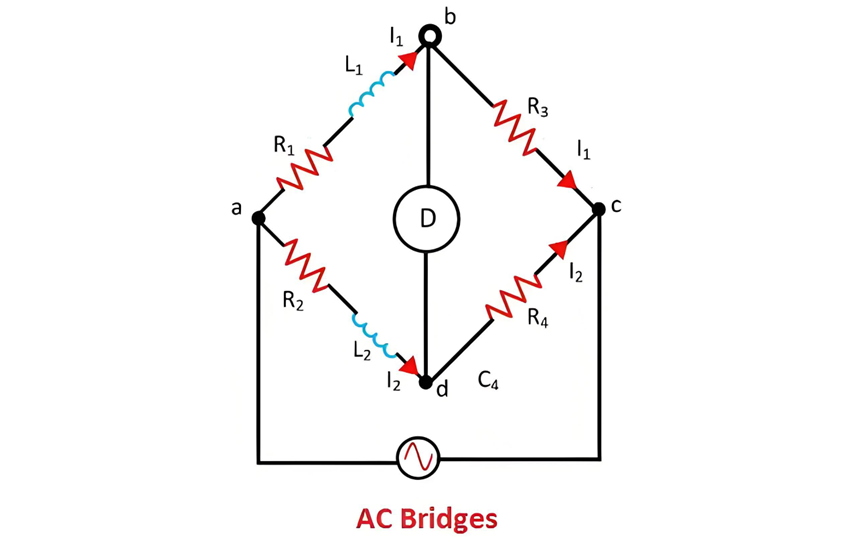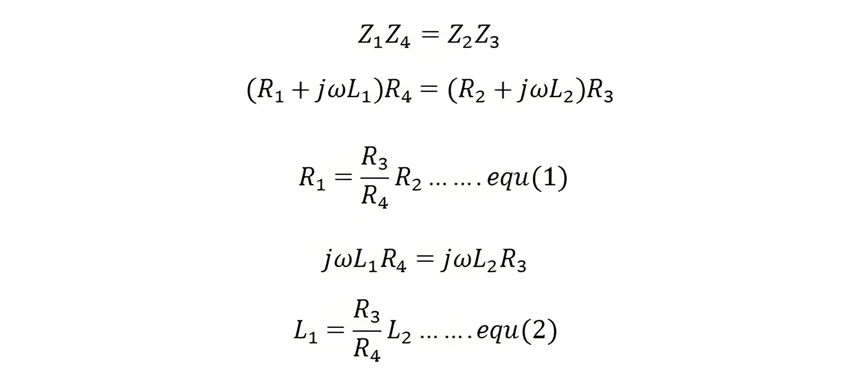What is AC Bridge?
Definition of AC Bridge
An AC bridge is a specialized electrical instrument used for the precise measurement of unknown electrical parameters such as resistance, inductance, and capacitance. Renowned for its convenience and accuracy, the AC bridge plays a crucial role in various electrical engineering applications.
Construction and Working Principle
The construction of an AC bridge is relatively straightforward. It comprises four arms, an AC supply source, and a balance detector. The four arms of the bridge are typically configured with a combination of resistors, inductors, capacitors, or a mixture of these components. The AC supply source provides the necessary alternating - current excitation to the bridge circuit.
The operation of the AC bridge is based on the principle of impedance balance. When the bridge is in a balanced state, the ratio of the impedances in the two pairs of opposite arms of the bridge is equal. This balance condition results in zero voltage across the balance detector, often referred to as a null detector. By measuring the known components in the bridge arms and using the relationship between the impedances at the balance point, the values of the unknown resistance, inductance, or capacitance can be accurately determined.

General Equation for an AC Bridge
An AC bridge typically consists of four arms. In many common configurations, two of these arms are composed of non - inductive resistances, while the remaining two arms feature inductances with negligible resistance.
When the AC bridge attains a balanced state,

Key Characteristics of AC Bridges













